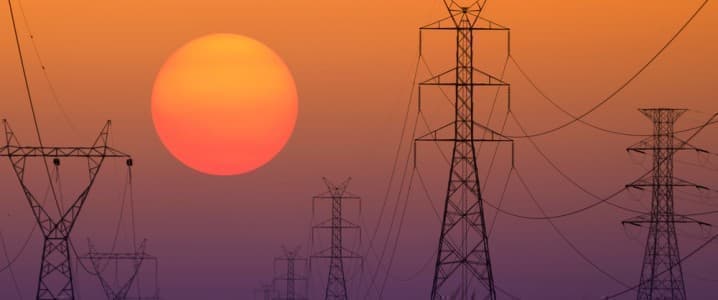Rural leaders in 40 counties are bracing for corrosive budget deficits after the lapse of a federal program designed to compensate for the lack of local taxes on federal land. If no solution is found, these communities fear shortages for essential services ranging from roads to public schools.
Why rural leaders in 40 counties fear budget shortfalls
Key Takeaways:
- A federal compensation program called Payment in Lieu of Taxes (PILT) has lapsed
- Forty counties fear immediate and significant budget shortfalls
- The program offsets lost tax revenue from federally owned lands
- Local governments rely on these funds for public services, including infrastructure and schools
- Rural leaders are urging swift legislative or financial help
Why Payment in Lieu of Taxes Matters
For many of America’s rural counties, federal land ownership leaves massive tracts of land off the local tax rolls, cutting down property tax revenue. Payment in Lieu of Taxes (PILT) was created to help compensate communities for that shortfall. Over the years, it has served as a critical lifeline, allowing rural governments to fund their budgets without subjecting residents to overwhelming tax burdens.
A Lapsed Program and a Looming Crisis
That lifeline is now threatened. The PILT program recently lapsed, raising alarms among local officials in 40 counties who have come to rely on this support. Without replacement funding, they fear that essential programs—from public works to emergency services—may face serious cutbacks in the near future.
Implications for Local Budgets
Because of the lapse, many counties face the prospect of patching substantial holes in their budgets. These funds historically helped schools, maintained county roads, and supported other vital community amenities. Officials are worried that, without immediate intervention, the absence of PILT could cause graduated reductions in services that are already stretched thin.
Urgent Calls for Federal Action
Faced with the possibility of diminished resources, rural leaders are urging policymakers to address the sudden gap left by the lapsed program. Many believe that reinstating or renewing PILT could offer a straightforward solution, restoring the funds that these communities count on to ensure basic services. Whether through new legislation or an extension of existing budget measures, prompt action is the only way to avert deeper financial strain for these rural counties.











